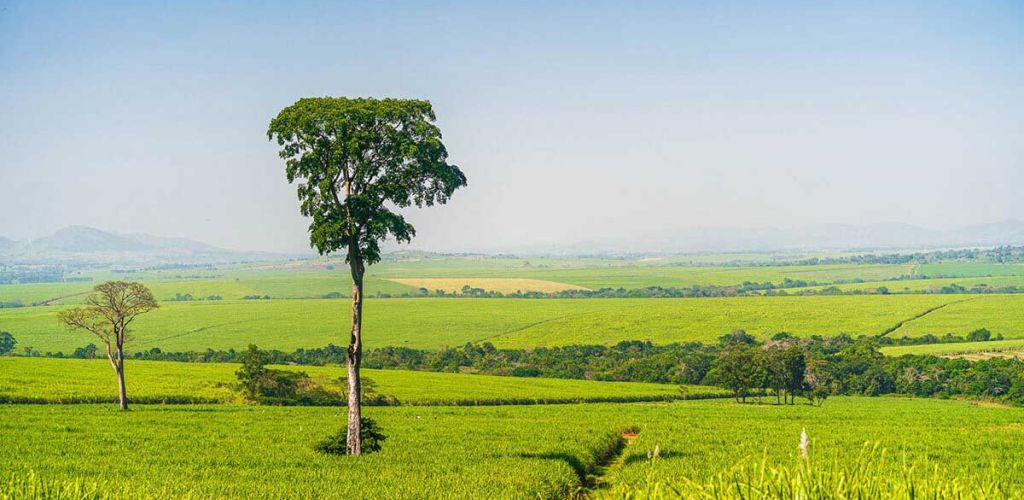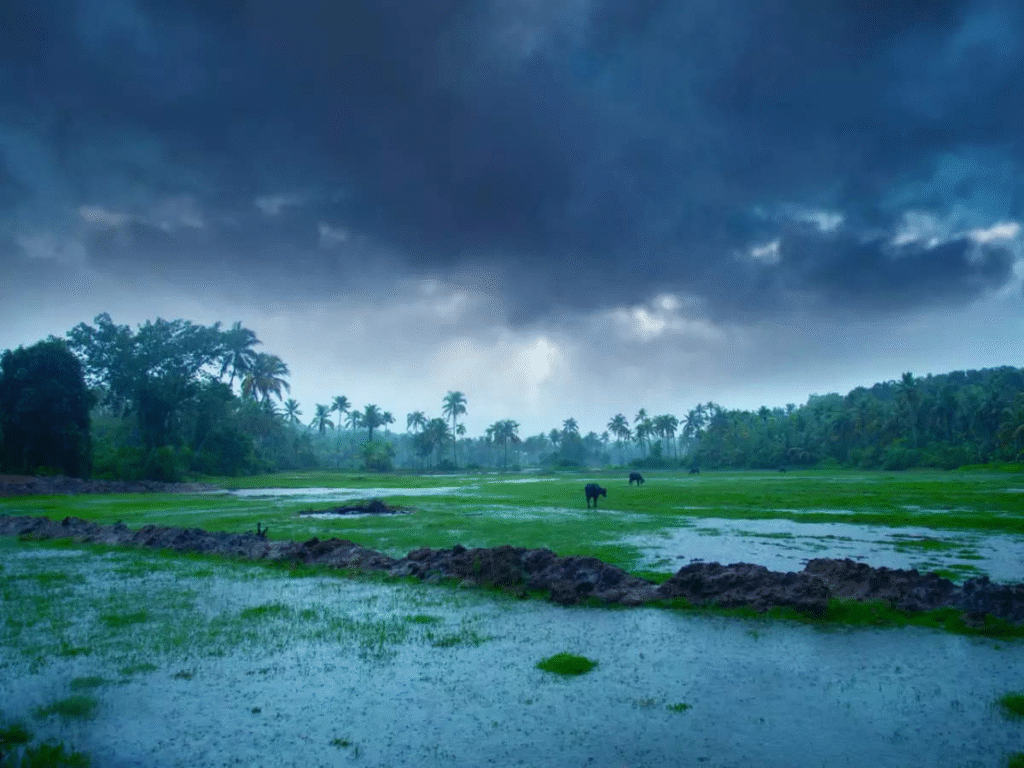
Dubai is one of the world’s most famous cities—home to the tallest building, luxury resorts, and a futuristic skyline. But beneath the glamour lies a serious challenge: how to provide clean water to millions of people in a desert. Despite the natural water cycle that brings rain, Dubai depends almost entirely on desalination for its water supply.
So why doesn’t Dubai use rain or groundwater like other places? Why go through the complex and costly process of turning seawater into drinking water?
Let’s dive into why desalination is the lifeline of Dubai, and why it will remain so for years to come.

Dubai is located in the United Arab Emirates (UAE), a country in the Middle East surrounded by desert. Rain is rare and irregular—Dubai receives only about 100 mm of rainfall per year, compared to London’s 600 mm or New York’s 1,200 mm.
There are no rivers, lakes, or freshwater sources in the city. Even the groundwater is salty and unsafe to drink without treatment. The hot desert sun causes more evaporation than rainfall, making it impossible to store enough water naturally.
This is why the natural water cycle—which includes rain, rivers, and groundwater—doesn’t provide enough water for Dubai’s fast-growing population and booming industries.
In just a few decades, Dubai has transformed from a small fishing village into a global city with over 3.6 million residents—and that number keeps growing.
The water demand in Dubai is huge and rising. With people living in high-rise towers, luxury hotels, and massive shopping malls, the city uses a lot more water per person than most parts of the world.
All of this adds up to one fact: natural sources simply can’t meet Dubai’s water needs.
So, how does Dubai solve this water crisis?
The answer lies in the Persian Gulf, the body of water right next to the city. Dubai uses a process called desalination, which removes salt and impurities from seawater to make it safe to drink.
There are two main desalination methods used:
Dubai and the UAE have invested billions in building high-tech desalination plants, some of the largest in the world. These plants run 24/7 to ensure there is a continuous supply of clean water.
While desalination solves the water shortage, it comes at a price—both financially and environmentally.
Yet despite these costs, desalination is the only reliable solution for a desert city like Dubai.
Dubai is making efforts to diversify its water sources, but alternatives are limited:
While these methods help reduce demand, they cannot replace desalination. Until better technology or natural sources are available, desalination remains essential.

Dubai knows it cannot rely forever on the current system. That’s why the government is working on long-term plans:
These efforts aim to ensure that Dubai stays water-secure as it continues to grow.
The natural water cycle might work for most places—but not for Dubai. The lack of rivers, scarce rainfall, and fast-paced growth make desalination not a luxury, but a necessity.
Despite the high costs and challenges, desalination has allowed Dubai to thrive in one of the driest regions on Earth. And with continuous innovation and investment, Dubai is working toward a more sustainable water future.
Read More:- Shobha Realty Launches Its Most Luxurious Project Yet—Full Details Inside 2025
